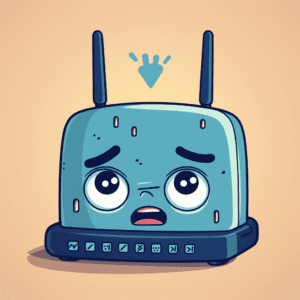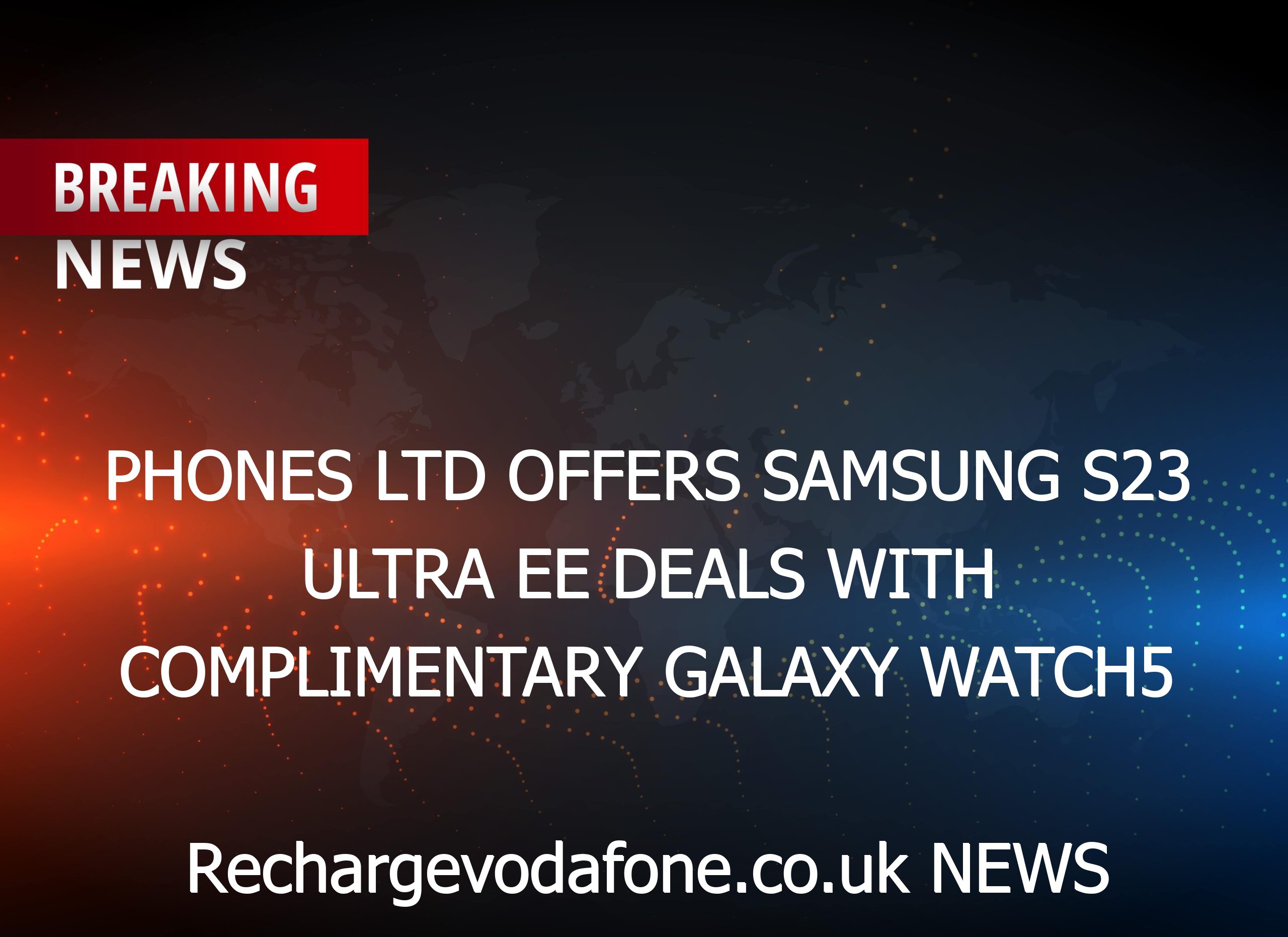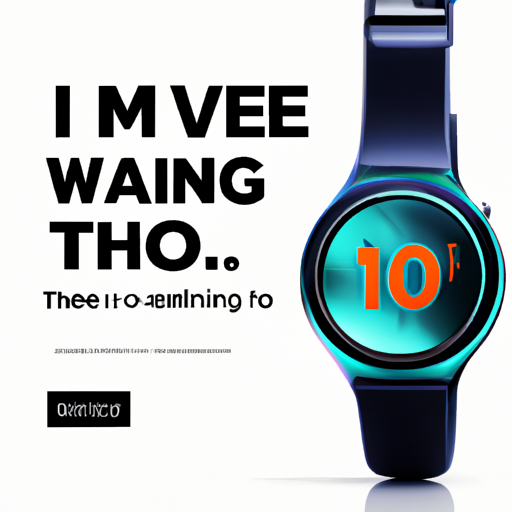2023-08-29 17:48:59
In recent times, an increasing number of Android users have made the switch to iPhone, motivated by various reasons ranging from curiosity to the desire for a change. However, before embarking on this transition, it’s crucial to consider six crucial factors that can significantly impact your experience. In this comprehensive article, we will delve into each of these points, equipping you with the knowledge needed to make an informed decision about switching to Apple’s operating system.
Key Factors to Consider When Moving from Android to iPhone

1. Data Transfer: Seamlessly Migrate Your Digital World
When contemplating a shift from Android to iOS, data transfer tops the list of concerns for most users. The anxiety about losing valuable information is valid, but Apple has simplified this process considerably. iOS allows you to effortlessly transfer all your data from your Android device to the iOS ecosystem. This includes email accounts, applications, contacts, and media files. The days of manual data migration nightmares are over, thanks to Apple’s thoughtful solutions.
2. WhatsApp Backup: A Complicated Conversation
WhatsApp has become an integral part of our daily lives, bridging the gap between work and personal communication. When transitioning from Android to iOS, preserving your WhatsApp conversations becomes a focal point. Unfortunately, there’s a catch here. Moving from Android to iOS means losing all your conversations held within the Android realm. This loss can be a significant deterrent for some users.
However, it’s important to note that the technology landscape is ever-evolving. While WhatsApp’s data transfer limitations are in place now, there is hope for a future where this transition can occur seamlessly. As technology advances, we can expect a more user-friendly solution to this problem.
3. Google Apps: A Familiar Lifeline
Google and its suite of applications have become an inseparable part of the Android universe. Users heavily rely on services like Gmail, Google Drive, Calendar, and Photos. The good news is that switching to iOS doesn’t mean bidding farewell to these essential tools. Apple’s App Store offers iOS versions of all these applications, ensuring a smooth transition without losing access to your digital lifeline.
4. Native Applications: Embrace the Apple Way
Transitioning from Android to iOS also means adapting to a different set of native applications. Chrome becomes Safari, Google Calendar transforms into Apple Calendar, and so on. While the functions remain identical, the interface may take some getting used to. This shift is primarily a matter of habituation, as Apple’s native applications are designed to perform the same tasks as their Android counterparts.
 Get a Free Speed Boost on Your Internet Connection: The One Surprising Trick Virgin Media Users Need to Try Now
Get a Free Speed Boost on Your Internet Connection: The One Surprising Trick Virgin Media Users Need to Try NowHowever, for those who prefer to stick with what they know, there’s no need to fret. Google provides iOS versions of its applications, allowing users to maintain continuity in their digital routines while embracing the iOS ecosystem.
The user interface (UI) is a pivotal aspect of any operating system. iOS prides itself on its simplicity and ease of use. However, for individuals accustomed to the Android interface, the transition may initially seem challenging. It’s essential to understand that, like many adjustments in life, acclimating to a new UI is a matter of time and familiarity.
Apple’s UI is designed to be intuitive and straightforward, and many users find it a seamless experience once they become accustomed to it. While the change may seem daunting at first, rest assured that the iOS interface has been meticulously crafted for user-friendly navigation.
6. Switching from Android to iPhone: The Effortless Transition
The thought of switching from Android to iPhone might conjure images of a complex, time-consuming process. However, Apple has streamlined this transition to be as straightforward as moving from one Android device to another within the same Google ecosystem.
To make the switch, all you need to do is create an Apple account, commonly referred to as an Apple ID, and commence the setup process on your iPhone. During this setup, Apple offers a convenient option to transfer data from your previous device, including Android. By selecting this option and following the provided instructions, you can effortlessly transfer your data from your Android device to your new iPhone, ensuring a smooth transition to the iOS world.

The Important Factors to Consider Before Making the Switch
- Price: iPhones are typically more expensive than Android phones. However, there are various iPhone models available at different price points, offering options to fit different budgets.
- Customization: Android phones offer more customization options compared to iPhones. Android users can change the look and feel of their devices by altering the wallpaper, icons, and fonts, as well as installing custom ROMs. iPhones, on the other hand, have limited customization options.
- App availability: Both Android and iOS have a wide selection of apps. However, some apps are exclusive to one platform or the other. While Android users have access to Google apps, iOS users can also use many Google applications.
- Ecosystem: If you already have other Apple products, such as a Mac or an iPad, it may be beneficial to choose an iPhone. The Apple ecosystem allows for seamless integration and file transfer between devices.
- User interface: Android and iOS have distinct user interfaces. Android's UI is more customizable, while iOS offers a more streamlined and simplified experience. The ideal UI for you depends on your preferences.
- Updates: iPhones receive software updates for a longer period compared to Android phones, ensuring longer-term support and access to new features.
- Hardware: iPhones are known for their high-quality hardware, including powerful processors, high-resolution displays, and long-lasting batteries.
- Customer support: Apple has a reputation for providing excellent customer support, offering assistance when needed.
Additional Considerations When Switching from Android to iPhone:
- Data transfer: Use the Move to iOS app to transfer data from your Android phone to your iPhone, including contacts, messages, photos, videos, and calendars.
- Google apps: While not all Google apps are available on iOS, many essential ones, such as Gmail, Google Maps, and Google Photos, can still be used on iPhones.
- Accessories: Some accessories designed for Android phones may not be compatible with iPhones. Ensure compatibility when choosing accessories for your iPhone.
- Carrier compatibility: Not all iPhones work with all carriers. Check with your carrier to confirm if the iPhone you want to purchase is compatible with their network.
Ultimately, the decision to switch from Android to iPhone is a personal one. Both platforms have their advantages and disadvantages. By carefully considering the factors mentioned above, you can make an informed decision that aligns with your needs and preferences in the world of mobile technology.

 Is your Wi-Fi speed being murdered? The common mistake all BT broadband users must check today
Is your Wi-Fi speed being murdered? The common mistake all BT broadband users must check todayDifferences Between Android and iPhone Smartphones
Operating System
This difference in operating systems has a number of implications for users. Android phones offer more customization options than iPhones, as users can install apps from outside of the Google Play Store and change the look and feel of their phone’s interface. However, Android phones can also be more fragmented, as there are many different versions of the operating system in use, each with its own quirks and bugs.
iOS phones, on the other hand, are more tightly controlled by Apple, which means that they tend to be more stable and secure. However, users have less control over the way their iPhone works, and they are limited to apps that are available in the App Store.
Hardware
Android phones come in a wider variety of hardware configurations than iPhones. This means that there is an Android phone to fit every budget and need, from budget-friendly phones with basic features to high-end phones with powerful processors and high-resolution cameras.
iPhones, on the other hand, are only available in a few different models each year. This means that there is less choice for iPhone users, but it also means that Apple can ensure that all of its iPhones have the latest and greatest hardware.
Price
Android phones are generally more affordable than iPhones. This is because there is more competition in the Android market, which drives down prices. iPhones, on the other hand, are priced at a premium. This is because Apple has a reputation for making high-quality products, and it is able to charge more for its phones.
Ecosystem
Both Android and iPhone have their own ecosystems of apps and services. The Android ecosystem is larger and more diverse, but the iPhone ecosystem is more tightly integrated. This means that Android users have more choices when it comes to apps and services, but they may also have to deal with compatibility issues. iPhone users have fewer choices, but they can be confident that the apps and services they use will work seamlessly with their phone.
Customization
Android phones offer more customization options compared to iPhones. Users can personalize their Android devices by altering the wallpaper, icons, and fonts. iPhones have limited customization options, allowing only changes to the wallpaper and home screen layout.
Security
iPhones are known for their robust security features and are generally considered more secure than Android phones. Apple's tightly controlled ecosystem and strict app vetting process contribute to this reputation.
 A Disturbing Bug in a Popular Android App Has Led Google to Take Drastic Action: Check Your Phone Now!
A Disturbing Bug in a Popular Android App Has Led Google to Take Drastic Action: Check Your Phone Now!Updates
Android phones receive software updates from Google for a longer period compared to iPhones. This ensures that Android users can enjoy the latest features and security patches for an extended period. In contrast, iPhones receive updates from Apple for a few years after their release.
Overall
Both Android and iPhone offer exceptional smartphones with their own strengths and weaknesses. The best choice for you depends on your individual needs and preferences. Android phones provide more customization options and greater hardware variety at affordable prices, while iPhones offer a more tightly integrated ecosystem, stronger security, and longer software support.
Here is a table summarizing the key differences between Android and iPhone smartphones:
| Factor | Android | iPhone |
|---|---|---|
| Customization | Extensive options | Limited options |
| Hardware | Wide variety | Restricted models |
| Price | Affordable | Premium |
| Ecosystem | Diverse | Tightly integrated |
| Security | Moderate | High |
| Updates | Longer support | Limited support |
Ultimately, the decision between Android and iPhone depends on your preferences and priorities. Consider these key factors and choose the platform that best aligns with your needs.

The things to consider before switching from Android to iPhone:
- Price: iPhones are typically more expensive than Android phones. However, there are a variety of iPhones available at different price points, so you can find one that fits your budget.
- Customization: Android phones offer more customization options than iPhones. You can change the look and feel of your Android phone by changing the wallpaper, icons, and fonts. You can also install custom ROMs to change the underlying operating system. iPhones are more limited in terms of customization. You can change the wallpaper and the home screen layout, but that’s about it.
- App availability: Both Android and iOS have a wide variety of apps available. However, there are some apps that are only available on one platform or the other. For example, some Google apps are only available on Android, while some Apple apps are only available on iOS.
- Ecosystem: If you already have other Apple products, such as a Mac or an iPad, you may want to consider getting an iPhone. This is because all of Apple’s products work together seamlessly. For example, you can easily transfer files between your iPhone and Mac.
- User interface: The user interfaces of Android and iOS are very different. Android’s UI is more customizable and allows for more widgets, while iOS’s UI is more streamlined and simplified. Ultimately, the best UI for you will depend on your personal preferences.
- Updates: iPhones receive software updates for longer than Android phones. This means that you can be sure that your iPhone will be supported for years to come.
- Hardware: iPhones are known for their high-quality hardware. They have powerful processors, high-resolution displays, and long-lasting batteries.
- Customer support: Apple has a reputation for having excellent customer support. If you have any problems with your iPhone, you can easily get help from Apple.
Here are some additional things to consider when switching from Android to iPhone:
- Data transfer: You can use the Move to iOS app to transfer your data from your Android phone to your iPhone. This app will transfer your contacts, messages, photos, videos, and calendars.
- Google apps: Many Google apps are available on iOS, but not all of them. For example, the Google Play Store is not available on iOS. However, you can still use many Google apps, such as Gmail, Google Maps, and Google Photos.
- Accessories: Not all accessories that work with Android phones will work with iPhones. For example, you cannot use an Android charger to charge your iPhone.
- Carrier compatibility: Not all iPhones are compatible with all carriers. Make sure to check with your carrier to see if the iPhone you want to buy is compatible with their network.
Ultimately, the decision of whether to switch from Android to iPhone is a personal one. There are pros and cons to both platforms. It is important to weigh the factors that are important to you and decide which platform is the best fit for you.

The differences between Android and iPhone smartphones:
Operating System
This difference in operating systems has a number of implications for users. Android phones offer more customization options than iPhones, as users can install apps from outside of the Google Play Store and change the look and feel of their phone’s interface. However, Android phones can also be more fragmented, as there are many different versions of the operating system in use, each with its own quirks and bugs.
iOS phones, on the other hand, are more tightly controlled by Apple, which means that they tend to be more stable and secure. However, users have less control over the way their iPhone works, and they are limited to apps that are available in the App Store.
Hardware
Android phones come in a wider variety of hardware configurations than iPhones. This means that there is an Android phone to fit every budget and need, from budget-friendly phones with basic features to high-end phones with powerful processors and high-resolution cameras.
 Phones LTD Offers Samsung S23 Ultra EE Deals with Complimentary Galaxy Watch5
Phones LTD Offers Samsung S23 Ultra EE Deals with Complimentary Galaxy Watch5iPhones, on the other hand, are only available in a few different models each year. This means that there is less choice for iPhone users, but it also means that Apple can ensure that all of its iPhones have the latest and greatest hardware.
Price
Android phones are generally more affordable than iPhones. This is because there is more competition in the Android market, which drives down prices. iPhones, on the other hand, are priced at a premium. This is because Apple has a reputation for making high-quality products, and it is able to charge more for its phones.
Ecosystem
Both Android and iPhone have their own ecosystems of apps and services. The Android ecosystem is larger and more diverse, but the iPhone ecosystem is more tightly integrated. This means that Android users have more choices when it comes to apps and services, but they may also have to deal with compatibility issues. iPhone users have fewer choices, but they can be confident that the apps and services they use will work seamlessly with their phone.
Customization
Android phones offer more customization options compared to iPhones. Users can personalize their Android devices by altering the wallpaper, icons, and fonts. iPhones have limited customization options, allowing only changes to the wallpaper and home screen layout.
Security
iPhones are known for their robust security features and are generally considered more secure than Android phones. Apple's tightly controlled ecosystem and strict app vetting process contribute to this reputation.
Updates
Android phones receive updates from Google for a longer period of time than iPhones. This means that Android users can keep their phones up to date with the latest security patches and features for longer. iPhones, on the other hand, only receive updates from Apple for a few years after their release.
Overall
Both Android and iPhone are great smartphones with their own strengths and weaknesses. The best choice for you will depend on your individual needs and preferences. If you are looking for a phone with a lot of customization options and a wide variety of hardware options, then an Android phone is a good choice. If you are looking for a phone that is known for its security and stability, then an iPhone is a good choice.
Here is a table summarizing the key differences between Android and iPhone smartphones:
 Discover the Samsung S23 Ultra EE Deals with Phones LTD: Don't Miss the Chance to Receive a Complimentary Galaxy Watch5!
Discover the Samsung S23 Ultra EE Deals with Phones LTD: Don't Miss the Chance to Receive a Complimentary Galaxy Watch5!| Factor | Android | iPhone |
|---|---|---|
| Customization | Extensive options | Limited options |
| Hardware | Wide variety | Restricted models |
| Price | Affordable | Premium |
| Ecosystem | Diverse | Tightly integrated |
| Security | Moderate | High |
| Updates | Longer support | Limited support |
Ultimately, the decision between Android and iPhone depends on your preferences and priorities. Consider these key factors and choose the platform that best aligns with your needs.
Thank you for reading this comprehensive guide on switching from Android to iPhone. If you want to explore more news items and articles, check out our Home page.
If you would like to know other articles similar to Key Factors to Consider When Moving from Android to iPhone updated this year 2025 you can visit the category Breaking Tech News.

Leave a Reply